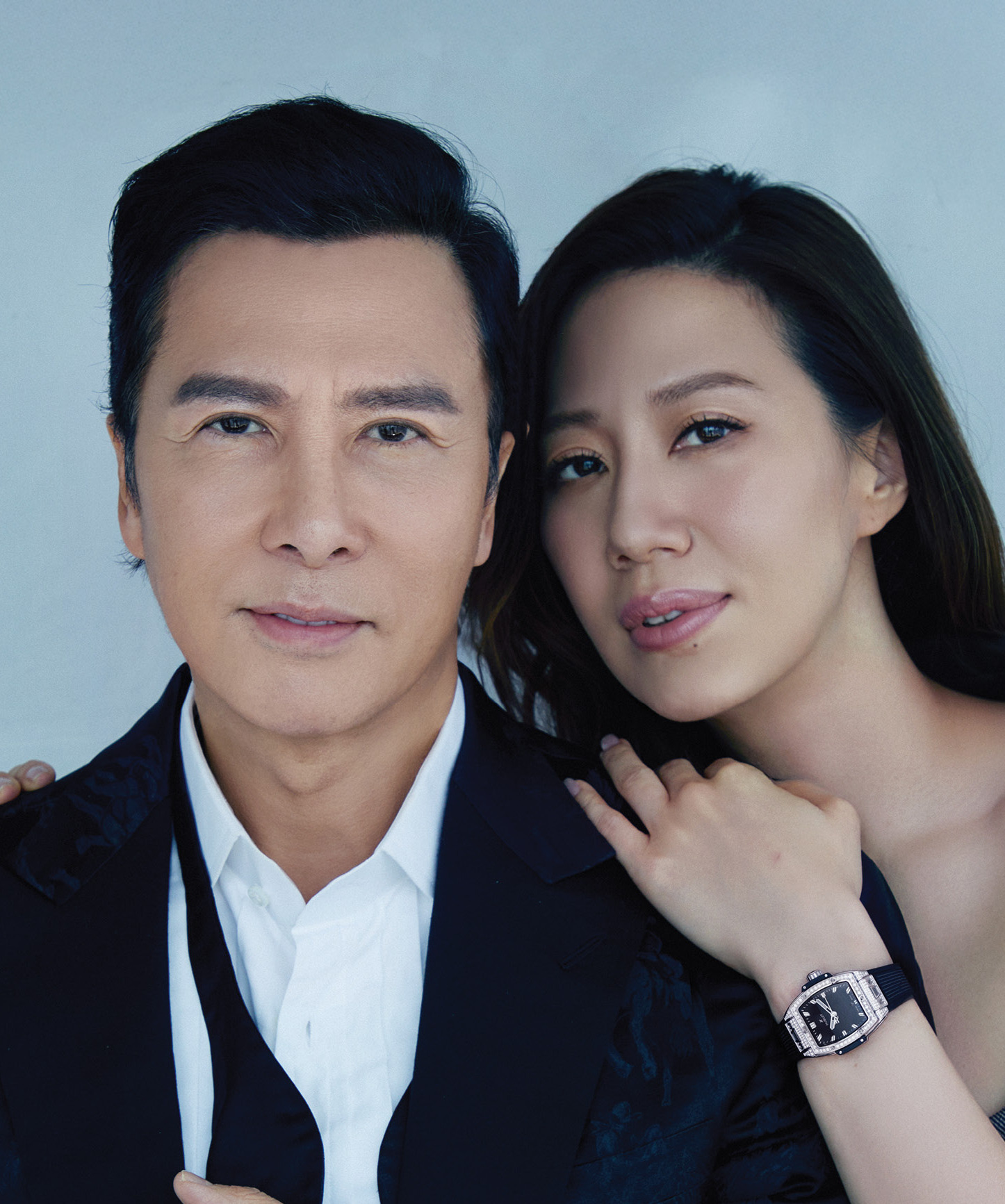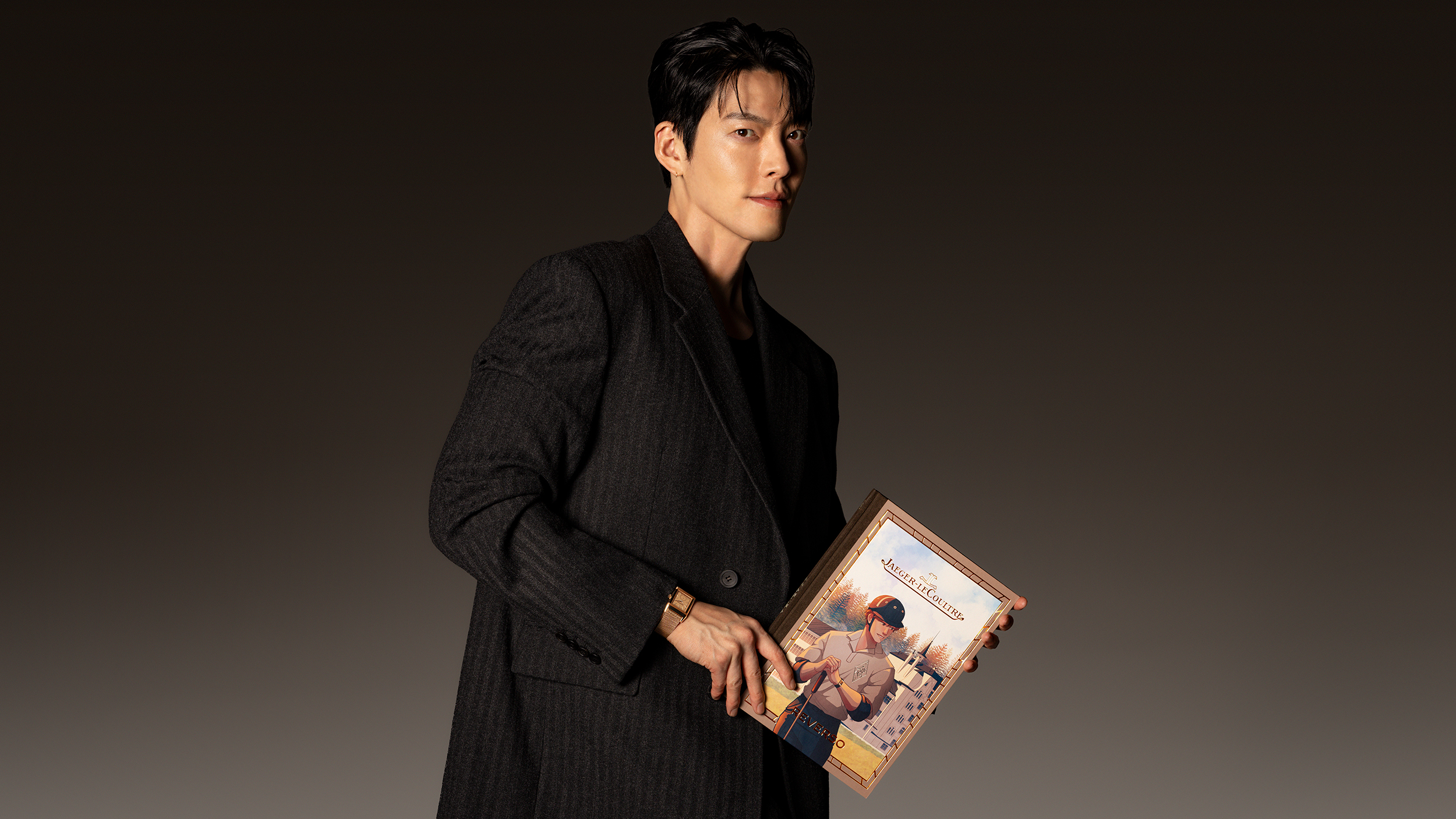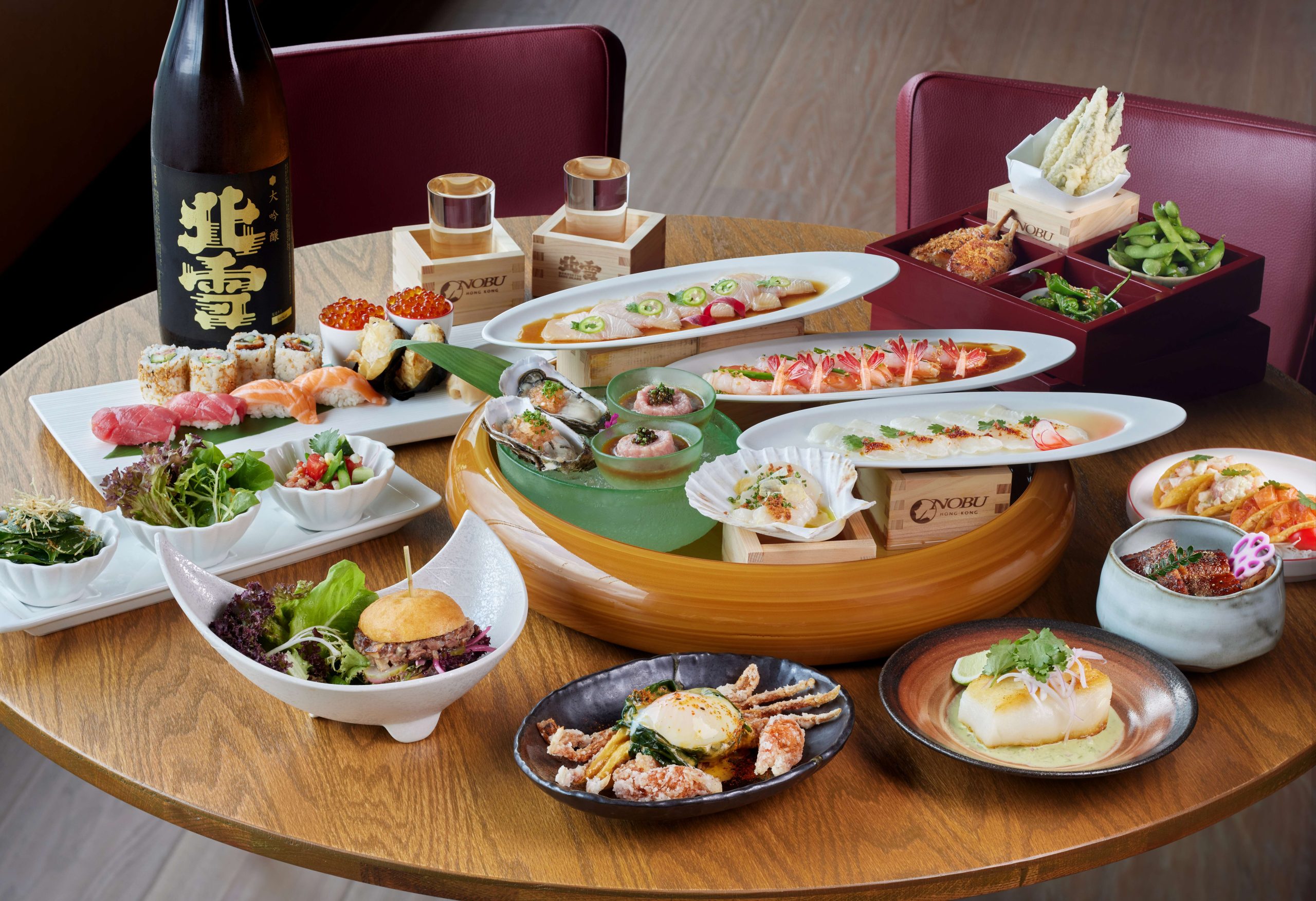The second edition of the Sigg Prize, recognising important artistic practices in the Greater China region, explored pertinent issues and contemporary topics of everyday life, including responses to the disruption brought on by the pandemic. Winner Wang Tuo along with finalists Trevor Yeung, Miao Ying and Xie Nanxing talk to Zaneta Cheng about their thought-provoking works
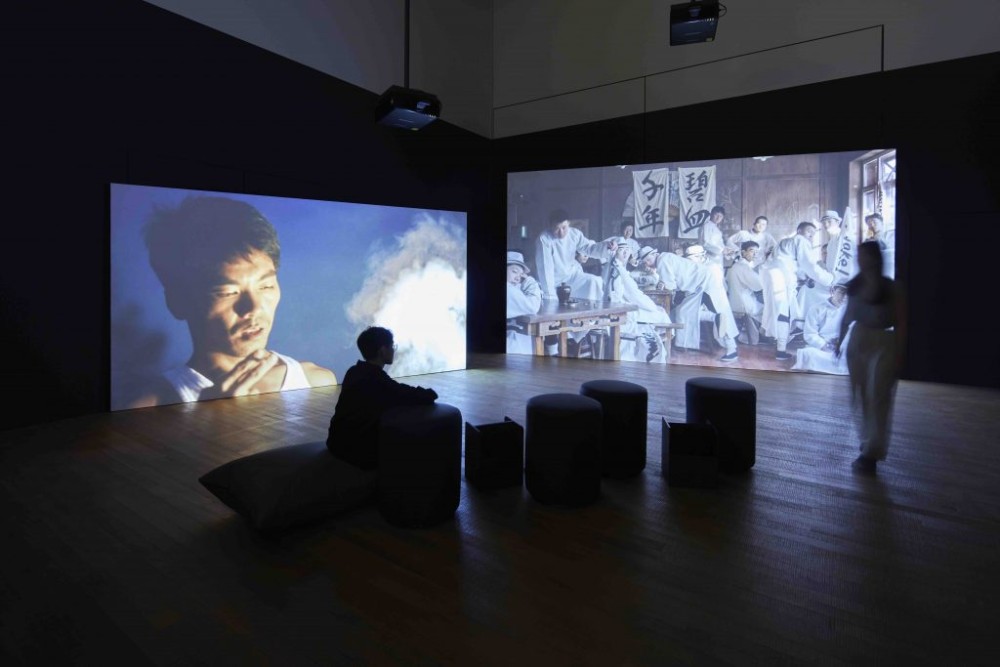
Wang Tuo
winner of the Sigg Prize 2023, 38-year-old, Beijing-based multimedia artist Wang Tuo is at M+ for a round of interviews. He’s a quiet, contemplative man with a great propensity for transforming classical tales into incisive narratives that question Chinese contemporary society.
His winning work, The Northeast Tetralogy, 2018-2021, occupies a shielded nook in the gallery, a set of screens all showing videos that question what it means to live in modern China. Through a blend of historical and fictional events, Wang explores the interplay of classical narrative with modern narrative interjection and what the result says about the concerns of today.
Open to artists born or working in the Greater China region, the Sigg Prize recognises important artistic practices in the region. 2023 was the second edition of the prize and Wang Tuo was selected as the winner out of six shortlisted artists including Jes Fan, Miao Ying, Xie Nanxing, Trevor Yeung and Yu Ji. Of Wang’s work, the Sigg prize jury comments, “Wang Tuo’s The Northeast Tetralogy is a pertinent and timely inquiry into the record and interpretation of history in the Greater China region and beyond.
His interweaving of multi-dimensional narratives creates an elegant and resonating cinematic experience that fuses historical events and speculative narratives, offering deep contemplation on the relationship between archive and fiction. By addressing parallels in human history across time, Wang’s series layers rich cultural references, from classic literature to folklore and ethnic languages, to prompt viewers to ref lect on our contemporary situation and the future.”
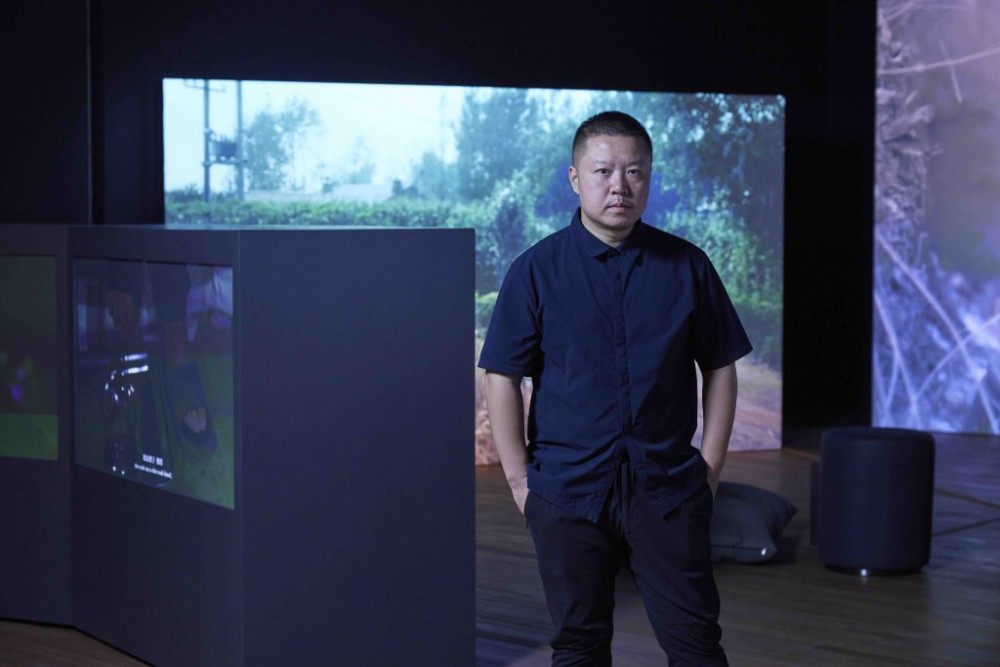
The exhibit is set up in such a way that there are many layers and screens within an enclosed space. What was the idea behind the setup?
Well, at the beginning it was really because each artist gets a space so it’s really a matter of working with the space and making certain compromises for it. Actually, the one big thing for artists is to have to deal with different occasions and spaces. We actually worked on this together with the curators and we wanted to present it with some uniqueness, so we tried to apply different concepts to the setting. Basically there’s a hidden concept to this setup. This entire installation is set up like the layers of mountains you see in China and Chinese art.
You can see the different screens, with different channels set up at differing heights and differing sizes. I really want it to feel like a tour inside a mountain when you’re inside the space. We have a classic saying in Chinese – “One cannot see the mountain when one is inside the mountain.” Because the essence of this project is about China, I wanted to make the point that we cannot really tell what China is because we’re inside of it. In a way, the entire setup is a metaphor itself.
This is the first time all four chapters of your Northeast Tetralogy project have been exhibited together. How do they contribute to the exploration of contemporary cultural kinship?
The first chapter, for instance, is based on a murder case in China back in 2018. The story triggered a lot of mass media discussion. Many people have opposing views about the people involved and from this story you can see the reality of a country such as China in that you might be presented facts and proof, but life and circumstances are full of contradictions.
You can also see through these tensions and differences the tensions and the bumps created along the way when a country is developing and because the country developed so quickly. It’s like a car driving super fast on the highway but the highway is not super smooth. One of the reasons, I think, is because of acceleration.
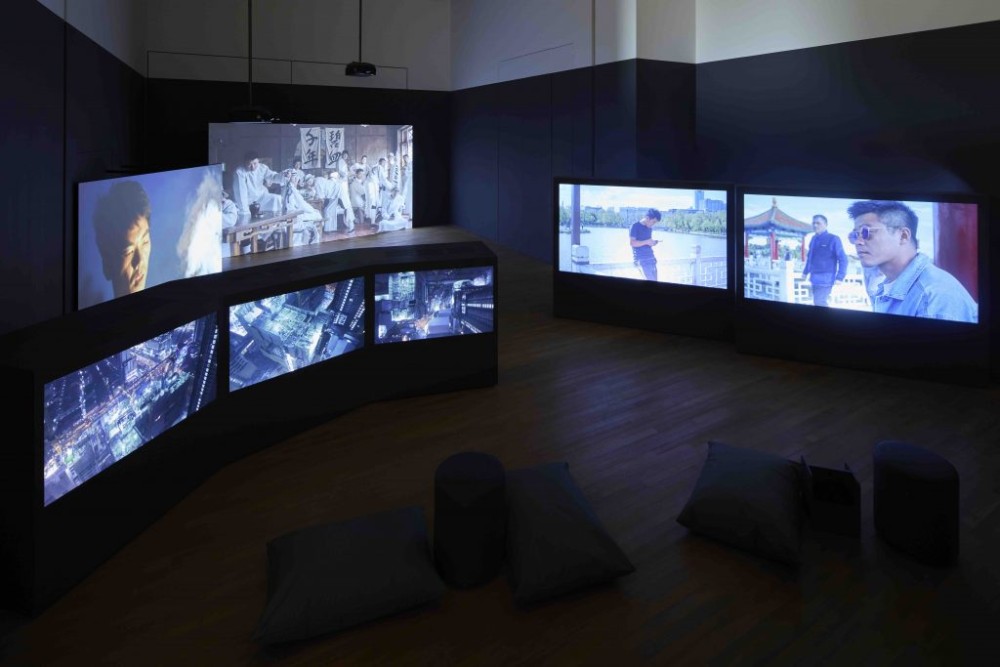
When something goes so fast people don’t have time to adapt or evolve with the changes?
Yeah, or they go at different speeds. The ideology of people developed at a different speed to the material development. When you look back at history and start tracking roughly 100 years ago, around the May 4th new democracy movement in China, you can see that the frustration we face today is derived from there. So this entire project talks about changes in the country across the last century and there are several historical moments starting from May 4, 1919 and continuing to 2019.
What about the history spoke to you so much that you wanted to focus an entire art project and thesis around it?
I’ve been in this subject matter for many years. I have childhood memories I can recall. I grew up in the northeastern part of China in Changchun City, which used to be the capital city of Manchukuo, and we have a whole history of what happened during World War II. Then after the war we changed very dramatically, so there’s that story as well. In my opinion, if you look at the northeastern part of China, you can almost take the development of that region as a smaller sample of all of China. It’s basically a lens from which to see the country at large – its problems and issues in the process of development.
Can you tell us more about the other chapters Smoke and Fire, 2018; Tungus, 2021; Distorting Words, 2019; and Wailing Requiem where you blend historical facts with fiction? How do you choose what elements to fictionalise and why did you choose this form of storytelling?
The whole thing for me is a way to structure and access a narrative. Making art isn’t like writing an essay. It’s not a straightforward argument that people can understand straight away. It’s more a sense of creating a structure of questions or even a vibe to lead the audience into your world. Personally, though, I’m a big fan of all kinds of good stories.
What are good stories?
I love stories that make you think. For instance, I use several classical stories in my films and installations. I rewrite them. I don’t use the original versions of them. I change them into something I think is better. Or when I read the classical tale and I feel like it’s giving rise to a lot of questions in me – I like to solve problems – I try to face the problem and continue to solve the problem that I encountered in the original story, in my own version of the story. So the original story is the first part, the second is what I write and how I try to solve the problem, and the third relates much more with the realities I’m concerned with in the present. So the story becomes something that combines the past and the present, reflecting current issues that need solving now.
Also see: Artist Sam Lo on birds, pride and making art for the people
What’s an example of an instance where you’ve done that?
In Smoke and Fire, there’s a classical story, which I love so much, about two men who are trying to go to Beijing to take the scholar’s exam. It’s not a contemporary story. It was told probably five centuries ago. On the way, one of the men gets sick and the other takes care of that sick man for many months. They didn’t know each other before, but during these months they become very close friends and trusted confidantes and so they make a promise to each other that they will meet at a certain location the same time next year to catch up.
When the time comes, one of the men is at the agreed meeting place with food and wine but his friend doesn’t show up. He keeps waiting until midnight and the friend eventually arrives. They catch up a little bit and the man then asks his friend who arrived late why he isn’t touching the food or drink after such a long journey.
The other man says to his friend, “I’m actually already dead. I’m a ghost.” It’s a very dramatic story. The dead man goes on to explain that after the promise they made with each other the year before he returned to his hometown and was working so hard on his small business, day and night, he lost track of the date and time and forgot about the appointment. He only remembered the appointment the morning of the meeting and because it would have been impossible to make it with 10,000 miles of travel between them, the dead man recalled an old folk tale that said while a human cannot travel 10,000 miles in a day, a ghost can so he took a sword and killed himself in order to become a ghost and travel the 10,000 miles to meet his friend.
Also see: What does the future hold for mountain luxury living?
That’s the original story. I didn’t actually change it at all. I just adapted the story to another narrative in my film. I remembered this story when I was sitting on the train home one time, going back to the northeast from Beijing. I take the fast train to go between the two places and between every coach there’s a board of LED lights that shows the speed of the train and the temperature inside and outside the train. So I was sitting there looking at this board and a line showed up, which said that the train is travelling at 300 miles an hour and it can travel 10,000 miles in one night – so you can
get anywhere during just one night.
That line made me think of this classical story and I started wondering that if we all have the ability to travel so quickly and cover such distances in one night, aren’t we all just ghosts right now? All of us on this train? It’s like a shift in identity. A lot of people in Beijing have different jobs and different identities and when they get on the train, they become somebody else. When they get home, they have another identity that’s been hidden from their Beijing lives for quite a long time. And that’s basically the life of the protagonist in Smoke and Fire. When he’s in the city, he’s a migrant worker but when he gets back home, he’s an assassin.
Also see: Christie’s Asia autumn 2023 auctions exceed HK$3B (US$389M) in sales
Does this translate to yourself? What are your identities?
I always have this confusion. When I’m in Beijing, I clearly know that I’m an artist. I’m a visual artist. Because in Beijing, there is an art world. But when I go back to my hometown, if I tell people I’m an artist, it’s like a joke. Nobody there really knows what an artist is. Even people who are my closest friends, who grew up with me in childhood, still ask me if I can paint for them.
Which brings me to the question – given your deep interest in and familiarity with classical stories, why did you choose multimedia and screens to communicate your art rather than something more conventional such as painting?
I think it’s just because I watch more films. But I think eventually I also just built up a sense of using different mediums to create different narratives to solve different forms of problems. Paintings can solve painting problems and in film installations, you can solve something else. When you’re trying to convey something that’s really complicated, you try to seek the answer and a lot of times you don’t even care about the medium itself. It’s just a journey to get to the invisible answer. But along the way, you get to pick up anything you come across and that is good.
Trevor Yeung
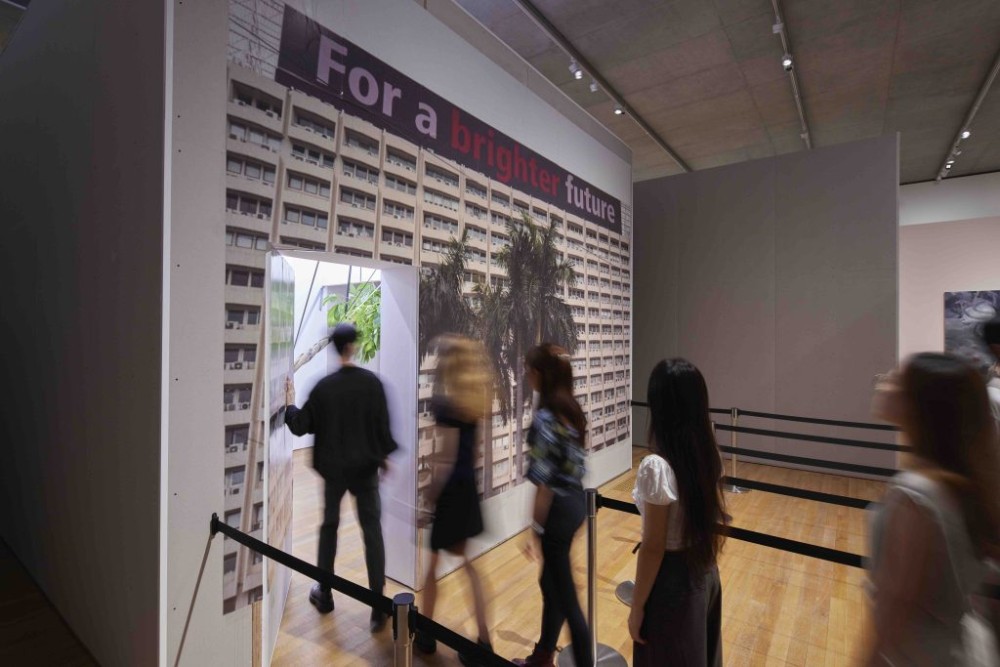
In comparison to your previous exhibitions, how does the Sigg Prize 2023 exhibition stand out in terms of its concept or theme? Was there any specific element from this exhibition that set it apart from your previous exhibitions?
When I received the invitation to the group show, I questioned myself on what I would do to let the M+ audiences understand/know about my practice. Especially since it was during the time after the pandemic, when there are a lot of unsettling emotions towards ourselves, others, nature and even the world. And therefore I decided to show a few ongoing series in this show to summarise recent happenings.
How did this exhibition challenge you to explore new artistic perspectives or experiment with different mediums?
I usually work with small- to medium-scale art spaces and institutions in different cities, also with my galleries. Making a project in a well-established museum definitely is a new and extraordinary challenge. There are many different regulations in a museum in order to maintain the best conditions of the artworks and their collections. To an artist who works with living matter and ready-made materials, I have understood the way to balance the artistic decision and the conservation of artworks and spaces.
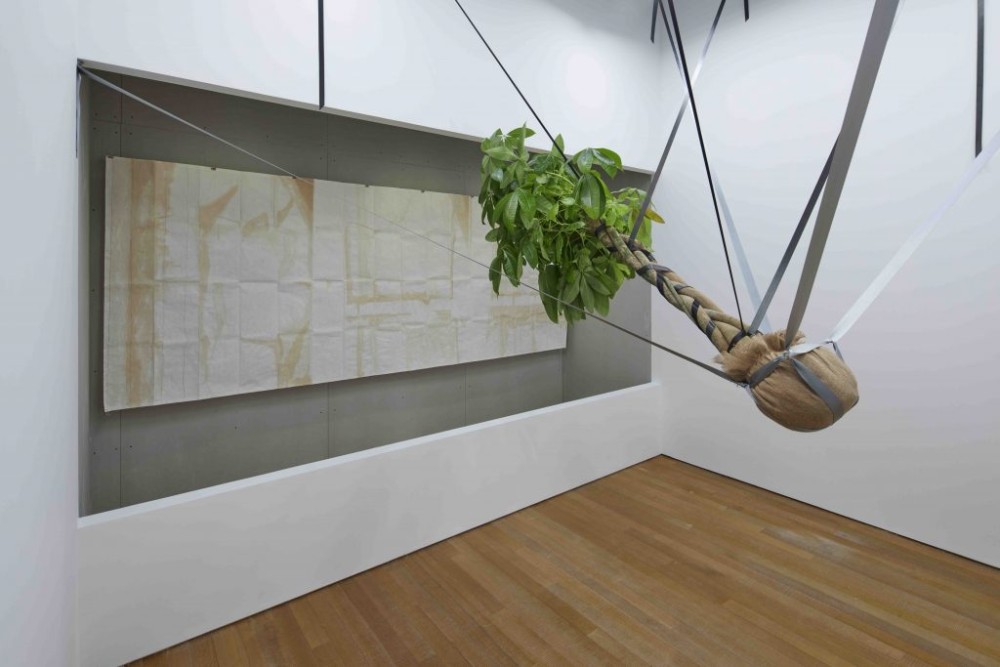
The Queue, inspired by your experience of crossing borders during the pandemic, recreates the isolation and anxiety of quarantine. Can you discuss how this work captures those emotions and conveys the nuances of human emotion in shifting surroundings? Observation is one of my keys for concept formation. With the chances I got to travel overseas for a few art projects, I experienced several quarantines at home and in hotels. And I think it’s an important experience, not only for the people who were in quarantine, but also for the people who helped and can relate to such an experience. With weeks of waiting and handling the tensions, it was not only about a physical struggle but more a mental battle when it comes to the individual, family and social relationships.
Queuing – the act of waiting, behaving and looking – is definitely the most suitable way for audiences to again experience a daily ritual but in a different context so it generates questions and self-reflection.
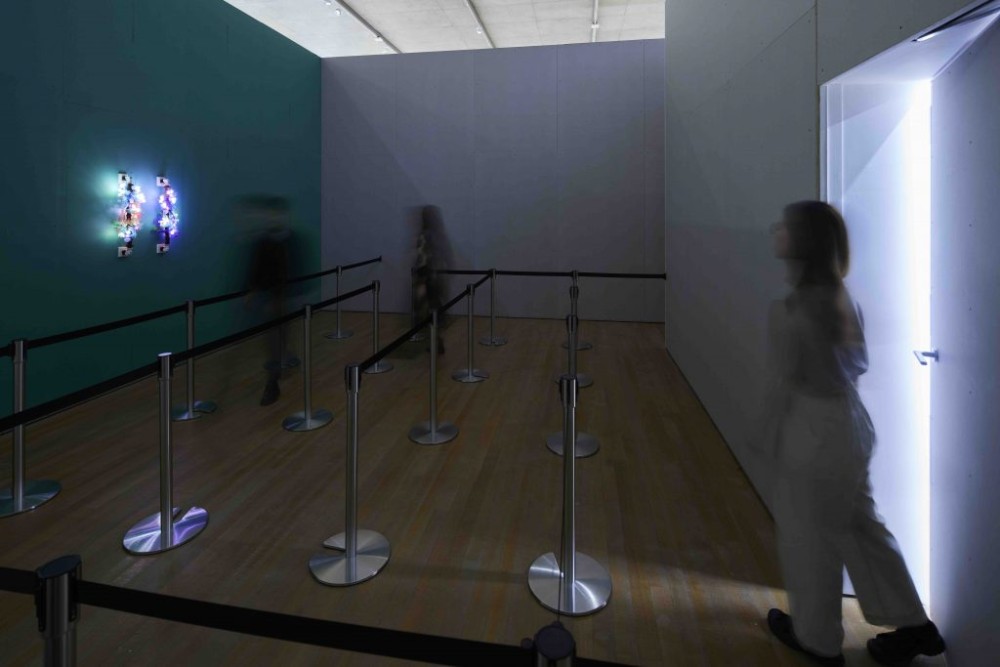
Within The Queue, there is a sense of being watched and cared for, comparable to the brief and dispensable life of a caged hamster. How do you create this dual sense in your artwork, and what do you intend for viewers to experience or reflect upon when encountering it?
It’s my first-person experience of being quarantined in a small hotel room. It was actually quite well-equipped. It was bigger than my bedroom. Food was served regularly with 24-hour air conditioning – it is just a caged hamster with a good owner, and I think many people in Hong Kong from my generation had hamsters as pets. One time I was lucky enough to join a support group at the hotel I was staying at and got a running machine in my room left by the previous quarantiner. How ironic – I was making a drawing on the window and in front of the running machine.
Could you discuss any specific techniques or processes you used in creating The Queue and other artworks related to the concept of quarantine? How did you approach the staging and arrangement of objects to convey the intended emotions and themes?
I focus on building the narrative of the transition in time, light and distance among audiences inside my space. It’s not only about quarantine but also about what it brought out during and after the stage of detachment and powerlessness.
Miao Ying
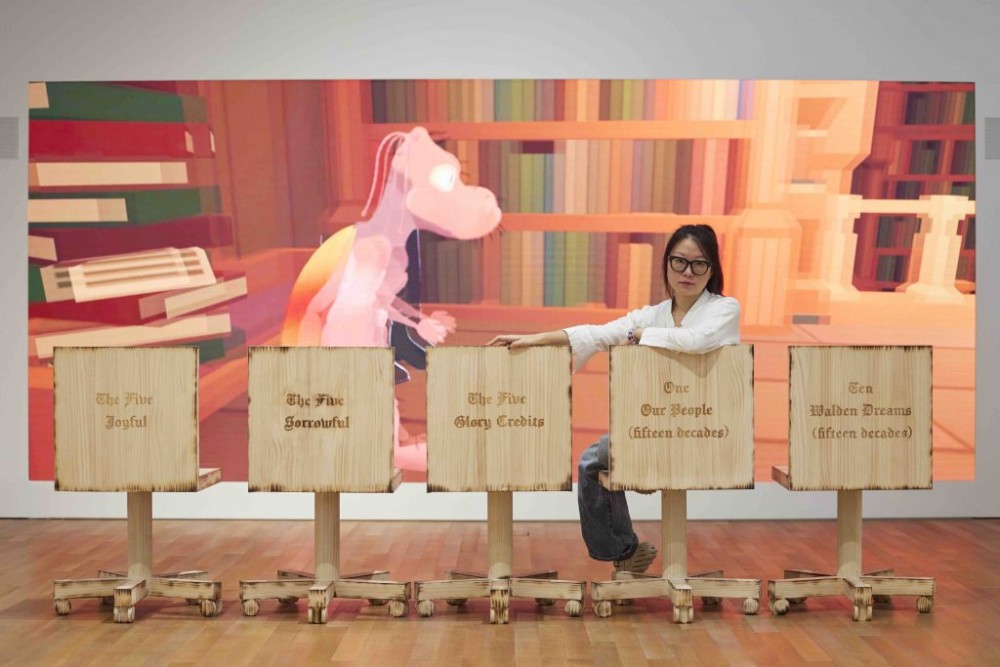
Can you explain the concept behind Pilgrimage into Walden XII and how it envisions a future where humanity is governed by artificial intelligence? What inspired you to create this three-chapter live simulation?
I’d been working on Pilgrimage into Walden XII, 2021-2022, before Covid, and I worked closely with professional computer scientists in the field of machine learning. The different towns in this project such as Walden XII, where the AI shepherds are trained in Chapter I, and “Kingdom of United Nostalgic”, where the bitcoins for digital indulgence are mined in Chapter II, are fantasy political allegorical settings with themes that represent different ideologies.
This is all set in the mediaeval period as a metaphor for our technology in a reverse-engineered dystopian fantasy world delivering a modern alchemy. Chapter III: Battle for Glorious Magic, which was commissioned by M+ and is a first-person adventure-style game, takes place in the mediaeval fantasy world called Walden XII, inspired by B.F. Skinner’s conditional behaviour theory, and his novel, Walden Two, incorporating reinforcement learning of big data through AI training.
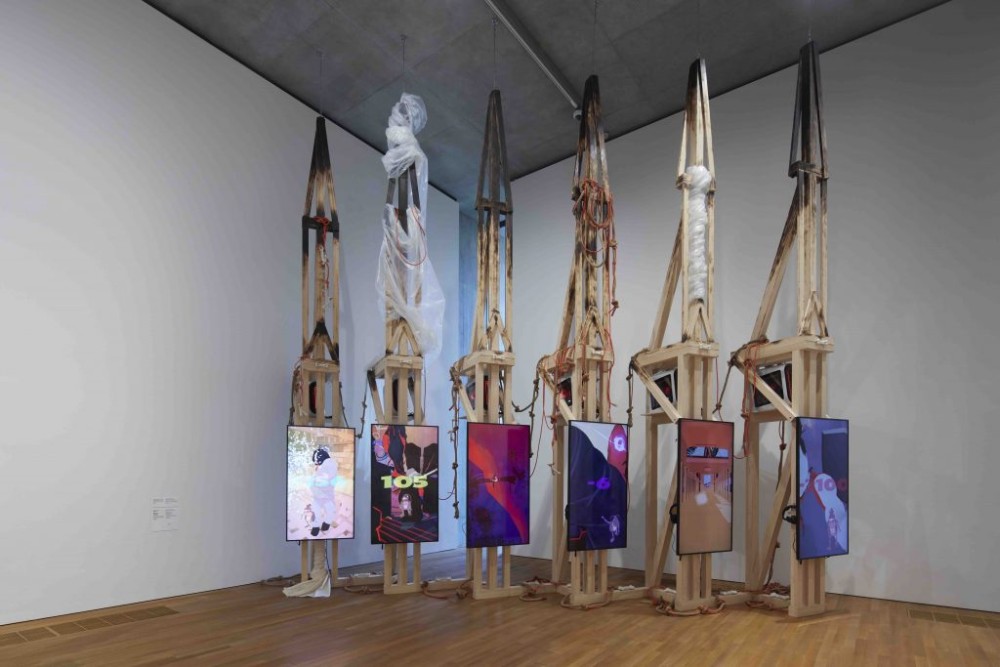
What do you hope the audience will take away from their experience of Pilgrimage into Walden XII?
It’s a game that has no mission and is quite an open experience. The spawning point in the game is a dungeon cell, which is open at the top, allowing visitors to escape by climbing on a pile of discarded computers and broken wooden planks – previously used torture materials. Once visitors exit the cell, they are immersed in a long subterranean tunnel, formerly a mine shaft for bitcoin mining.
As visitors reach the mouth of the cave, there is a swirling green portal. After entering the portal, they are teleported to bamboo surrounding a mediaeval town – Walden XII – where they can explore the village as magic spells are cast by AI and appear seemingly at random. However, they are the result of trained AI brains duelling for higher performance scores.
Spells are ranked according to popular mediaeval-themed games, and the AI brains can only access higher-ranked spells if they have better performance scores. In the game, there are poems written by GPT regarding fantasy political spells and technomancy spells, read by an AI brain voice generator live.
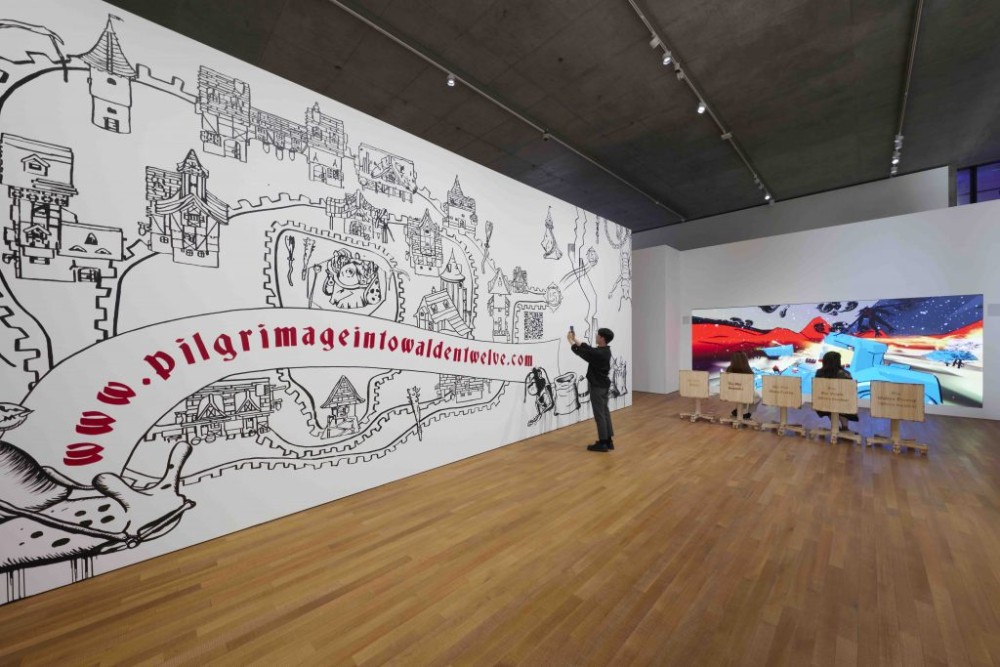
Your work addresses Chinese internet culture and explores the concept of the ‘Chinternet’. Could you elaborate on what the ‘Chinternet’ means to you and how it influences your artistic practice?
It is a unique and rich tech environment.
How did this exhibition challenge you to explore new artistic perspectives or experiment with different mediums?
I released part of the new commission work on the App Store. This is the first time I used an app as a medium.
Xie Nanxing
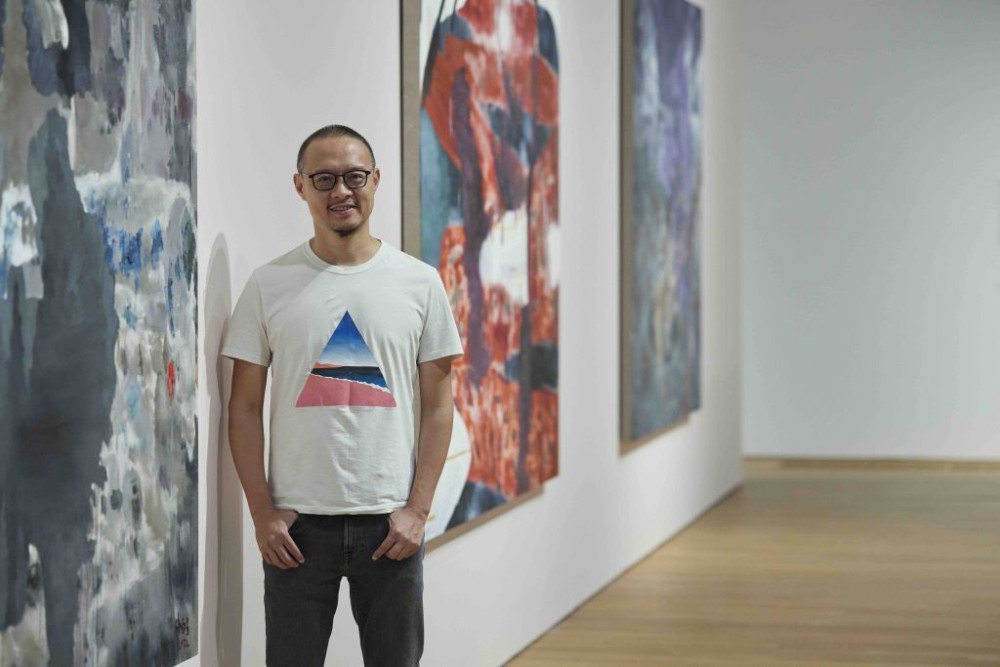
The Sigg Prize 2023 exhibition explores the theme of cultural kinship and contemporary topics of everyday life. Could you share your perspective on this theme and explain how your artwork delved into the concept of cultural kinship?
My work is closely related to everyday life. In my work, the movement of faeces and the allegory of the scene are intertwined, forming an intriguing text for the piece.
In comparison to your previous exhibitions, how does the Sigg Prize 2023 exhibition stand out in terms of its concept or theme? Was there any specific element from this exhibition that set it apart from your previous exhibitions?
I hope that the Sigg Prize will create awareness and reignite discussions around the triptych painting I created. This group of works is an important research work of mine. I very much look forward to the audiences’ reaction and feelings towards the three paintings on display.
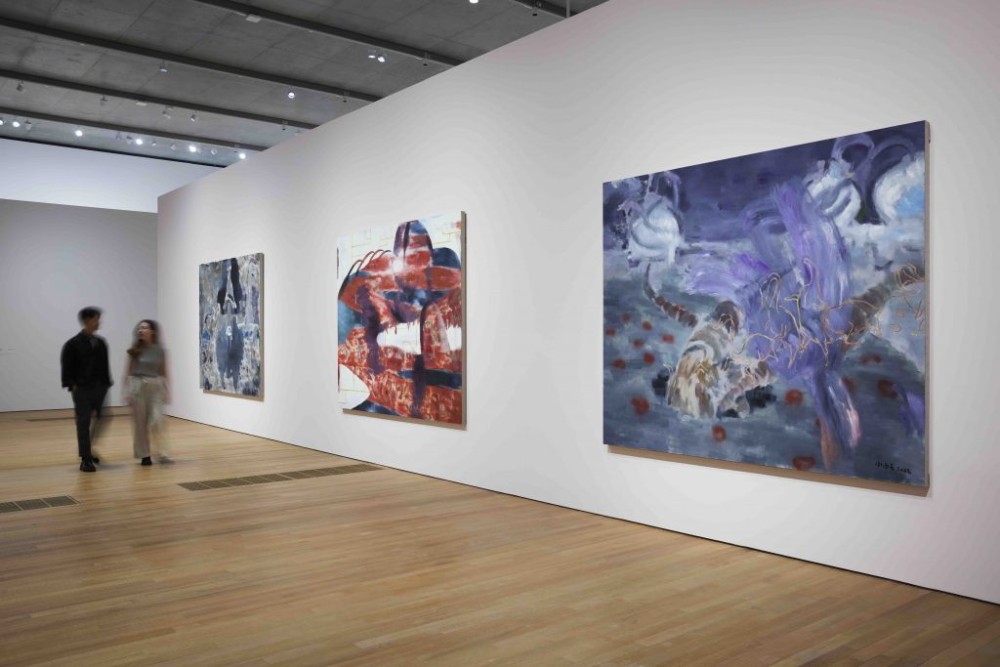
How did this exhibition challenge you to explore new artistic perspectives or experiment with different mediums?
In my triptych painting, I try to take reference from the field of psychology and the artworks by masters of the era, to experiment with the reading, viewing and experiencing of artistic works.
Why do you think art is significant today? What qualities or perspectives does it offer that other forms of expression may not? Art is the practice of a human’s aesthetic urges – like literature, it gives people of all principles the freedom to choose what interests them.
Do you ever find it challenging to strike a balance between staying true to your artistic vision, and creating work that resonates with a broader audience? Do you consider how the audience will react to your work beforehand, or do you primarily focus on your creative process?
There is no pure individuality in art. Art creation must factor in its audience.
The Ballad of Pieter Picking His Teeth, your recent triptych painting, draws inspiration from your socially restricted life during the pandemic. Can you discuss how the pandemic and its impact on your personal experiences inspired the creation of this artwork?
In fact, the inspiration for the triptych dates to before the pandemic. I intended to humorously discuss the topic of faeces, but as the painting took shape during the pandemic, I added a sense of dark humour and made them even more dramatic. It reminds people of the faecal contamination in China.
Also see: Artist Sam Lo on birds, pride and making art for the people


